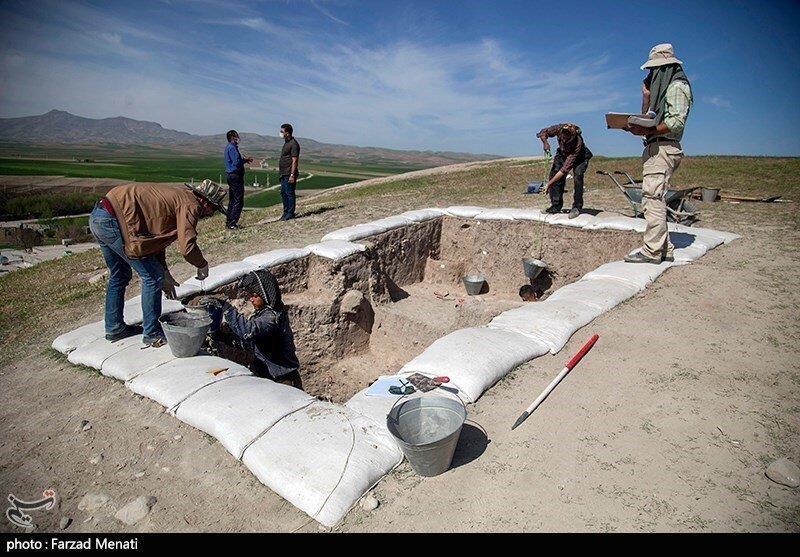
Prehistoric Discovery In Iran Rewrites Understanding Of Early Humans
Nemat Hariri, head of the archaeological investigation team, believes the discoveries at Sang-e Madan have the potential to fundamentally alter our understanding of ancient civilizations.“That survey underscored the site's importance as a key archaeological zone in southern Kermanshah,” he said.
The team has unearthed a trove of artefacts, primarily stone tools, that provide a window into the lives of prehistoric communities. Analysis suggests these tools were used by diverse groups who inhabited the region continuously for almost a million years, reported Tehran Times, a partner of TV BRICS .
One of the most significant findings is the site's association with the Acheulean culture, renowned for its distinctive hand axes. The presence of these tools indicates early humans exploited the region's abundant natural resources.
The implications of this discovery for understanding the cultural evolution of early human societies are profound. As research continues, experts anticipate further revelations about the lives of our ancestors.

Legal Disclaimer:
MENAFN provides the
information “as is” without warranty of any kind. We do not accept
any responsibility or liability for the accuracy, content, images,
videos, licenses, completeness, legality, or reliability of the information
contained in this article. If you have any complaints or copyright
issues related to this article, kindly contact the provider above.


















Comments
No comment